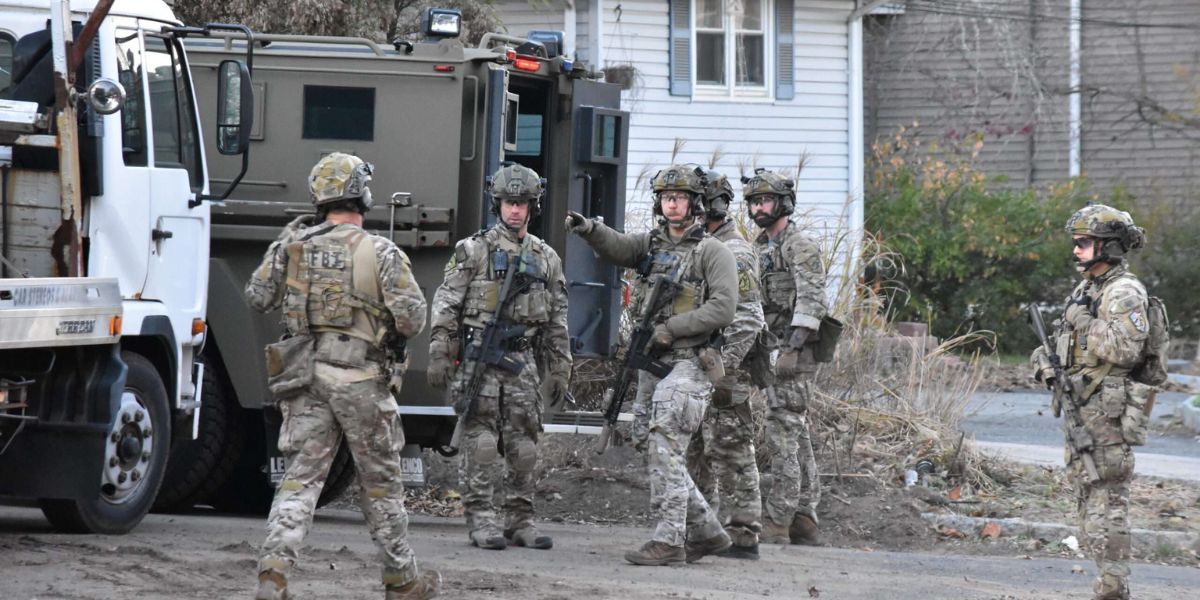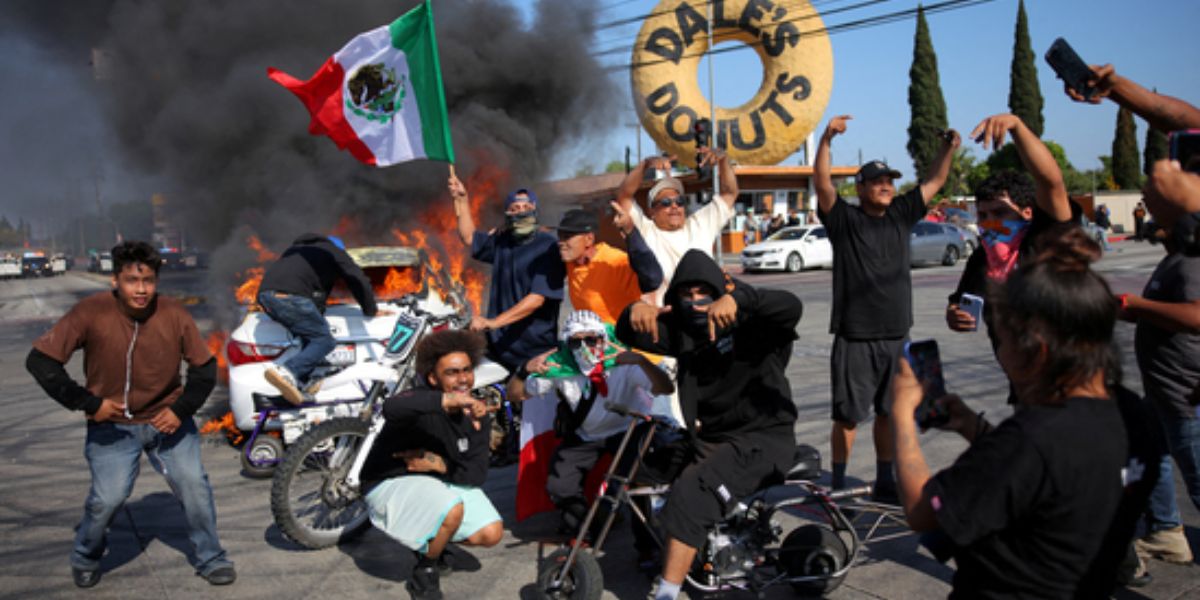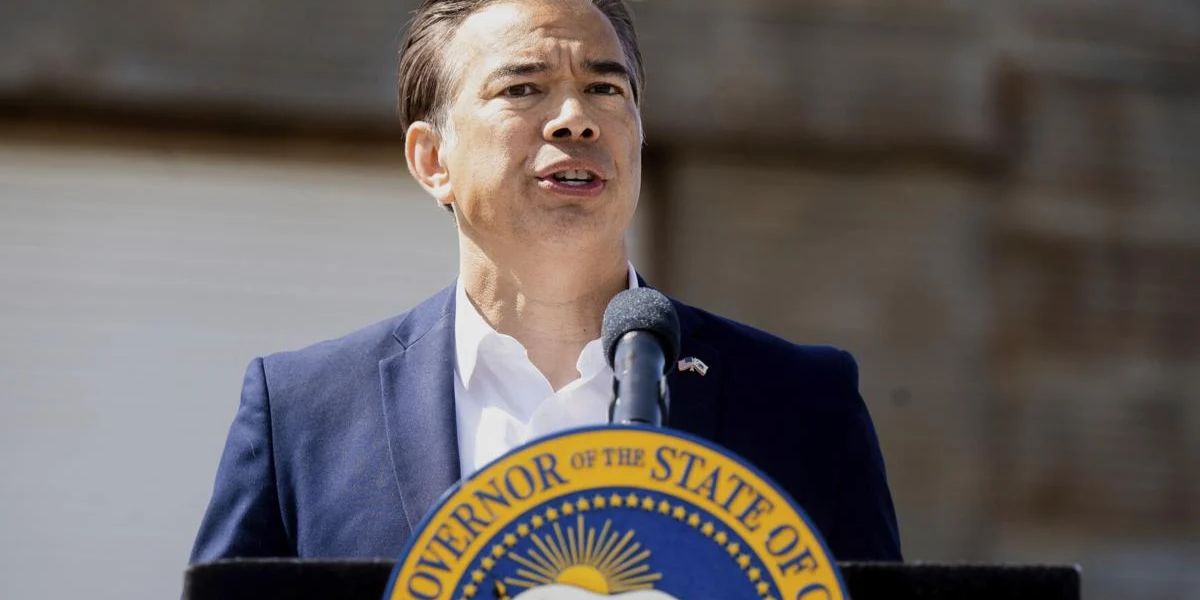WASHINGTON, D.C. — June 9, 2025 — As public confidence in police rebounds from its historic low during the 2020 protests, the Trump administration is doubling down on a controversial law enforcement approach that critics say helped fuel those very protests: the militarization of local police.
In an executive order signed April 28, President Donald Trump directed the Departments of Justice and Defense to increase the provision of military equipment, training, and personnel to local law enforcement within 90 days. The stated aim is to bolster crime prevention capabilities amid public concern over rising violence and declining prosecutorial enforcement in some cities.
But the decision is already drawing heavy fire from civil liberties groups and criminal justice reform advocates who see it as a step backward to policies that treated U.S. communities as combat zones and blurred the line between police officer and soldier.
What the Executive Order Does
According to the order, the Department of Defense and Department of Homeland Security are tasked with ramping up the transfer of excess military and national security assets to state and local police. These assets may include:
- Military vehicles and tactical gear
- Surveillance equipment
- Training for non-lethal combat and riot control
- Personnel to assist with operations
The order also seeks to protect law enforcement officers from legal liability by indemnifying them for actions taken during the performance of official duties — even if those actions result in harm or violate civil rights.
Critics argue that these provisions would weaken accountability at a time when national conversations had been moving toward greater oversight and transparency in policing.
A Return to the “Warrior Cop” Era?
The move revives a policy trend that was sharply criticized in the wake of the Ferguson protests and the 2020 Black Lives Matter uprisings. The widespread use of armored vehicles, tear gas, and military rifles by local police shocked the nation and led many to call for a demilitarization of public safety.
As far back as 1999, legal scholars and analysts like Diane Cecelie Weber warned of the dangers of importing military tactics and mentality into domestic law enforcement.
“The mindset of the soldier is simply not appropriate for the civilian police officer,” Weber wrote for the Cato Institute. “Police officers confront not an ‘enemy’ but individuals who are protected by the Bill of Rights.”
Radley Balko, author of Rise of the Warrior Cop, traced a 1,500% increase in SWAT deployments from the 1980s to early 2000s, attributing much of that rise to military surplus programs and federal grants incentivizing tactical policing.
Public Opinion: A Pendulum in Motion
In 2020, following the murder of George Floyd, Americans across political lines demanded sweeping reforms. Reuters-Ipsos and Pew polls found majority support for:
- Banning chokeholds
- Mandating body cameras
- Requiring officers to identify themselves
- Allowing civil lawsuits against abusive officers
But by 2024, the climate had changed. Gallup reported a rise in public confidence in police from 43% to 51% in just a year, as concerns about rising crime and perceived prosecutorial inaction shifted the political conversation.
The recall of progressive prosecutors like Chesa Boudin in San Francisco and George Gascon in Los Angeles underscored voter dissatisfaction with reform measures seen as too lenient.
Trump’s executive order capitalizes on that shift. By prioritizing the prosecution of local officials who “willfully and unlawfully direct the obstruction of criminal law,” the administration signals it may criminalize policy experimentation by local governments, potentially undermining democratic governance at the municipal level.
A Collision Course with Reform Advocates
While some voters may welcome a tougher approach to crime, others worry about the long-term consequences of reviving military-style policing. Civil rights organizations are expected to challenge elements of the executive order in court, particularly its indemnity provisions and threats against local autonomy.
“There’s a difference between public safety and domestic occupation,” said Elena Ramos, a policy analyst with the Brennan Center for Justice. “What this order proposes may restore a sense of order to some, but at the cost of constitutional rights for all.”
What’s at Stake?
As the clock ticks on the 90-day implementation deadline, law enforcement agencies across the country are preparing for a new influx of military-grade gear and federal oversight. Whether this will lead to greater safety or further erosion of civil liberties remains one of the defining questions in America’s ongoing debate over policing.
Do you support the renewed militarization of local police, or do you believe it’s a step backward for civil rights? Share your thoughts in the comments below.




